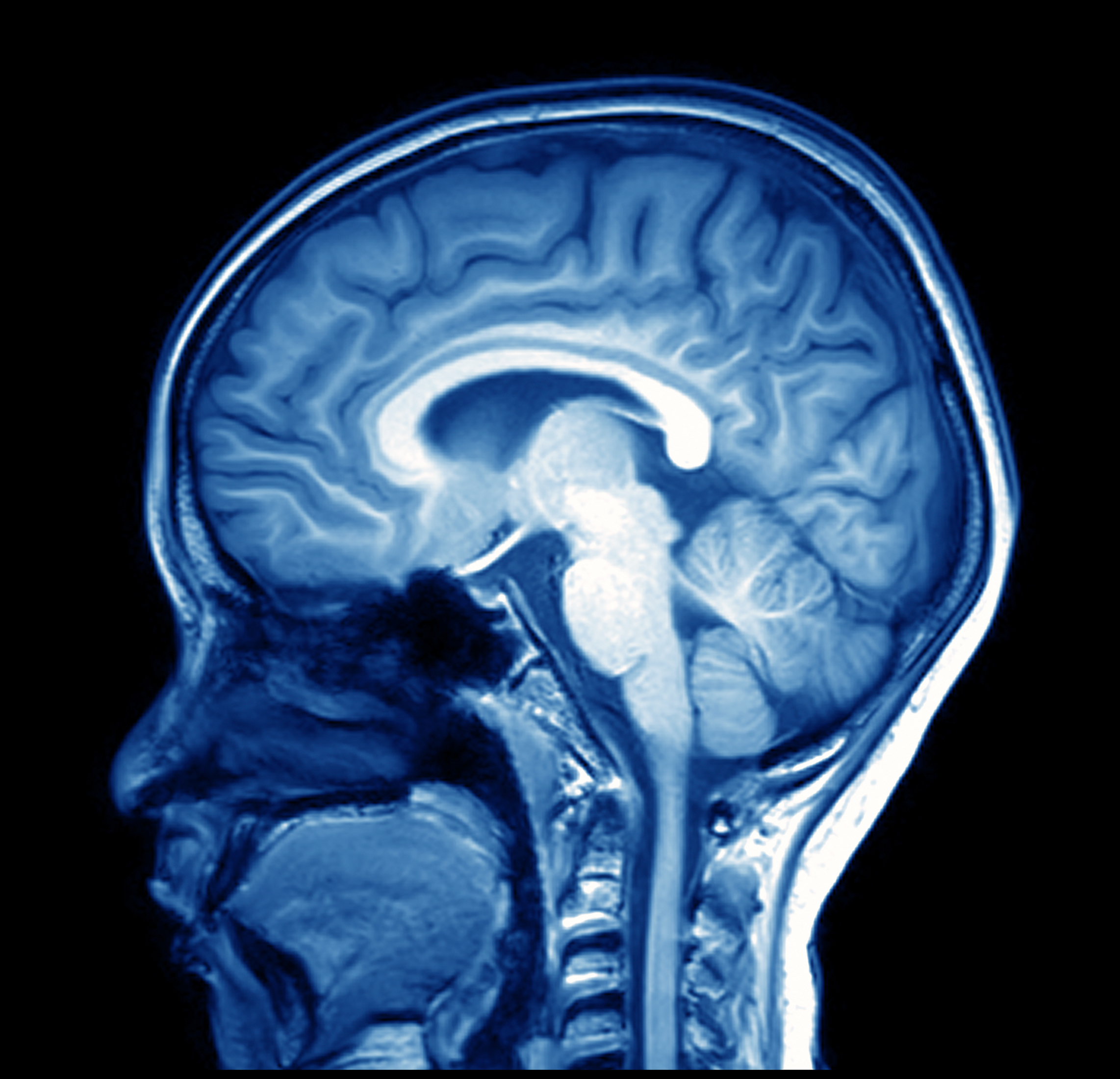The Amount of Gray Matter in Your Brain May Predict If You'll Stick to Your Diet

It's difficult not to give in to the allure of a plate of french fries, with their enticing smell and beautiful golden color. But whether you succumb to that delicious temptation may have something to do with the shape of your brain — more specifically, how much gray matter you have up there.
A new study published yesterday (June 4) in the journal JNeurosci found that people with more gray matter in two spots in the area of the brain called the prefrontal cortex seemed to have more self-control when it came to making healthier food choices. (Gray matter is where the neuron cell bodies are found in the brain, and thus where most of the brain's acitivity occurs.)
Gray matter could be a potential "signature for self-control," said senior study author Hilke Plassmann, a professor of decision neuroscience at INSEAD in France. It could indicate how likely a person is to break their diet or reach for the carrots rather than the cupcakes. [6 Foods That Are Good for Your Brain]
The prefrontal cortex is located right behind the forehead and is known to be involved in planning and decision making. In the study, the researchers looked at two specific parts of the prefrontal cortex, called the dorsolateral prefrontal cortex and the ventromedial prefrontal cortex, both of which have previously been implicated in self-control, Plassmann told Live Science.
In the first part of the study, the researchers analyzed data from three previous experiments that had gathered information on the amount of gray matter in the brain. These previous experiments included a total of 91 participants; all of them were lean, and none were on a diet.
While inside an MRI machine, the participants were given one of three instructions: to "consider the healthiness" of a particular food, to "consider the taste" of a particular food or to "make decisions naturally." After the participants looked at these instructions for 5 seconds, an image of a food, such as a yogurt or a cookie, popped up on the screen, and the participants had to rate that food, on a scale of "strong no" to "strong yes," based on how much they wanted to eat it. To make it less likely that the participants would lie, the researchers told the participants that they would be given the food they wanted at the end of the experiment. (That wasn't a lie, either; they were given the food.)
If the participants focused more on the healthiness of an item or less on the tastiness of an item, the researchers gave them a strong self-control rating. The brain scans revealed that people with more gray matter in those two areas of their prefrontal cortices showed greater self-control, the study found.
Get the world’s most fascinating discoveries delivered straight to your inbox.
In the second part of the study, the researchers recruited a brand-new set of people, to see if the gray-matter findings would still hold true when the people were given more leeway in how they controlled their dieting behavior. As in the first experiment, the researchers put up a set of instructions for the participants in an MRI machine. However, this time, they switched up those instructions, telling the participants to "distance" themselves from the food, "indulge" in the food or "make decisions naturally." Again, the participants were presented with images of food and were asked how much they would pay to eat that food on a scale of nothing to $2.50.
When the researchers compared the results of how much self-control people had with how much gray matter they had, the researchers found the same result: More gray matter seemed to indicate more self-control.
Kevin Ochsner, a professor of psychology at Columbia University, who was not part of the study, said the results were interesting, adding, "I think [the findings] would be expected, I think it makes sense."
The most interesting finding was the fact that the ventromedial prefrontal cortex was involved, Ochsner told Live Science. The other area of the prefrontal cortex that the researchers looked at, the dorsolateral prefrontal cortex, would be expected "to be involved in many forms of explicit, deliberative self-control," he said. On the other hand, the "ventromedial prefrontal cortex generally is characterized as important for subjective evaluation, like what does this thing idiosyncratically mean to me." In other words, motivation to pursue the diet could be a factor here, he said.
Figuring out "the way in which these two regions interact is probably very important," Ochsner added, as the study didn't tease apart the relationship between the dorsolateral prefrontal cortex and the ventromedial prefrontal cortex and how they work together for dietary self-control.
In future studies, the researchers could try to figure out if people can train the areas of the brain implicated in self-control and, in turn, increase the density of gray matter there. Your "brain is plastic, so your brain structure changes over time," Plassmann said. "I don't want people to say, 'I'm just not good at self-control; I can't change it,'" she added.
Though this specific case hasn't been tested yet, the plasticity of the brain has been shown in many studies before, many of which come to the same conclusion: Specific brain regions can change throughout time, especially the more you exercise them.
Originally published on Live Science.

Yasemin is a staff writer at Live Science, covering health, neuroscience and biology. Her work has appeared in Scientific American, Science and the San Jose Mercury News. She has a bachelor's degree in biomedical engineering from the University of Connecticut and a graduate certificate in science communication from the University of California, Santa Cruz.


